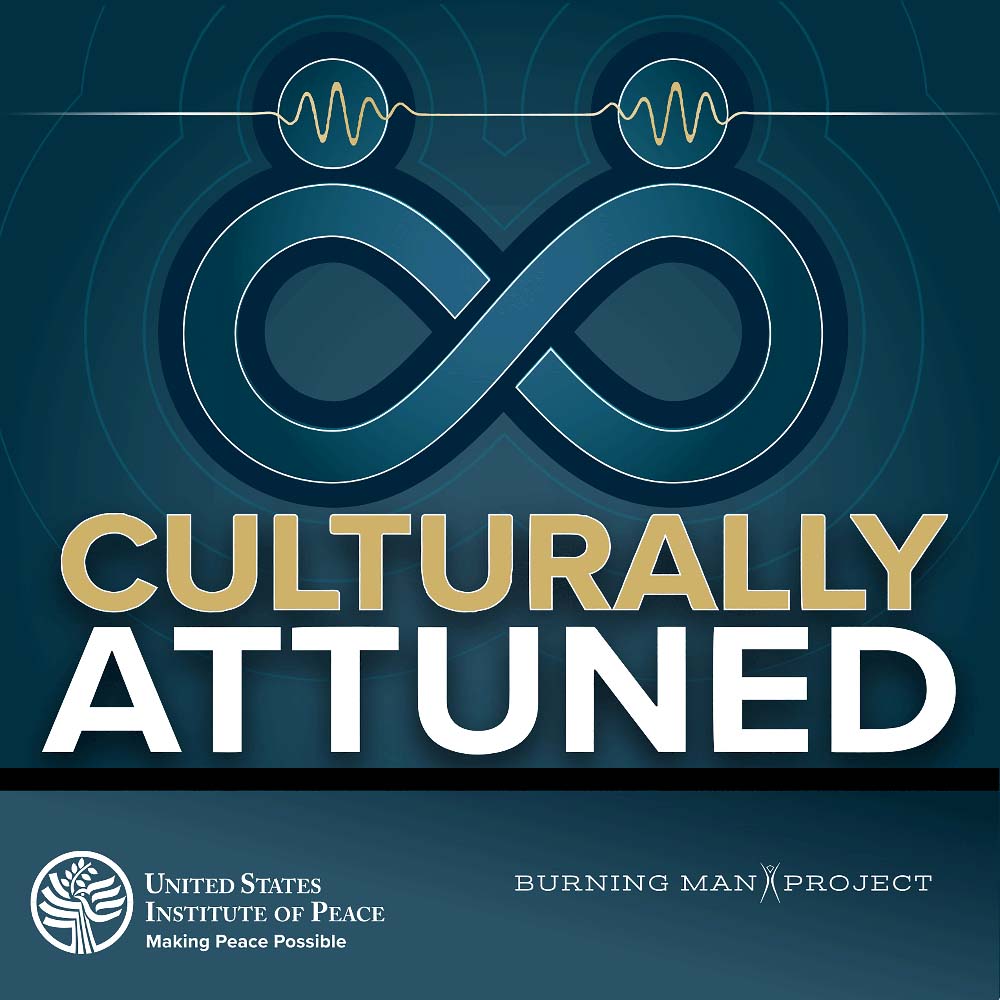When we set out to help in some other culture or community, we have learned that we should shape our project through what practitioners call “human-centered design.” This doesn’t mean altruistically imagining our own design to fit the humans we think we see. It means investing in the community – with its members leading the design process.
For more, please visit: https://www.usip.org/culturally-attuned

Any relationship is shaped by a first meeting. To prepare those encounters, USIP trainer and cross-cultural expert Stephen Moles suggests we go beyond what’s...

In many cultures, meaning is often expressed non-verbally. So, be aware of body language, expression and tone of voice. Misunderstanding is often due to...

Cultural humility requires us to put aside our assumptions and open our minds. While we may have resources and know-how, that does not ensure...